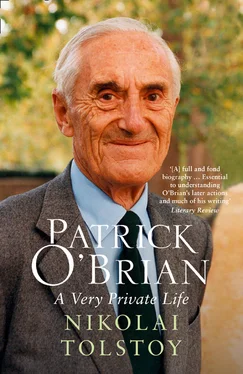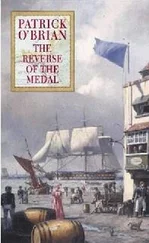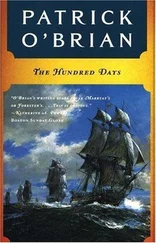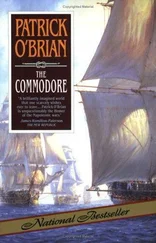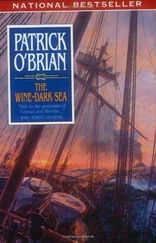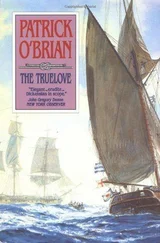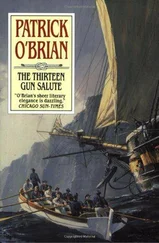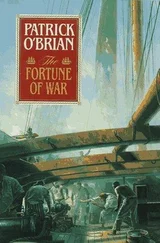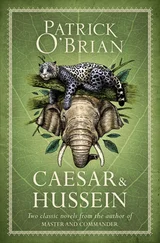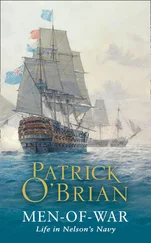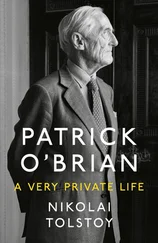1 ...8 9 10 12 13 14 ...31 At Secker & Warburg, on the other hand, his editor Roger Senhouse expressed approval. He added some reservations – what he conceived to be excessive use of Welsh words and placenames, a need to locate the ‘Recording Angel’ in time or space, ‘the whole conception of the physical side of Pugh’s infatuation needs careful revision’, and so forth. Since it does not appear that the manuscript or proof of the book has survived, we have only glimpses of its original state, and the alterations Patrick was persuaded to accept. As the contract was signed on 1 February 1951, and Senhouse’s fairly drastic ‘improvements’ were forwarded via Curtis Brown a fortnight later, the book must have made its mark as it stood. By March, however, Patrick was expressing extreme annoyance with Senhouse. When in August they learned that he had been in their neighbourhood, my mother wrote: ‘We are relieved to have been away from Collioure & to have missed him. You can tell by his letters he is a pansey.’[fn20]
Although no one at his publisher’s could guess the extent to which Pugh represented a self-portrait, Patrick resented Senhouse’s verdict:
Character of Pugh. Naturally I don’t want to make him a romantic hero, but there is surely no reason why even a middle-aged scholar should be so unsympathetic. He gives himself away: his hypochondria, his lack of affection, his timidity … and ineptitude (as opposed to mere helplessness and vagueness). All this is really sordid, and as a result I have found something repellent about the idea of his being madly in love.
The criticism is not altogether unfair, and naturally could not take into account Patrick’s unconscious motive, which was I believe in part to purge himself of characteristics of which he continued deeply ashamed. Pugh is endowed with much of the ‘difficult’ side of Patrick’s character, while being denied almost any of his compensating virtues: his mischievous humour, exemplary patience, pertinacity, resilience, courage, unselfishness and generosity. The underlying confessional function of the book meant that a more balanced portrayal of the real-life Pugh might not have acted as confession at all. The same process may be detected in Patrick’s other largely autobiographical novels, The Catalans and Richard Temple . In the latter case, the protagonist provides an extensive confession of his earlier degraded (‘silly’) existence. Significantly, this confession is vouchsafed during a protracted spell of imprisonment and torture, inflicted in order to extract ‘the truth’, and concludes with Temple’s liberation (by the French Resistance). Although it does not appear that Patrick was ever formally admitted to the Catholic Church, he occasionally implied that he was a communicant, and it is not difficult to imagine how the confessional would have appealed to his deep-rooted feelings of shame and guilt.
On one point to which he attached importance, Patrick felt compelled to give way. His title Testimonies was objected to by his English publisher on grounds that ‘it sounds far more like a treatise on codicils, or last words and testaments’. Next: ‘Senhouse wrote: they (or he alone) want to change the title from Testimonies to Bronwen Vaughan. I am against it, but I don’t want to offend them just at this point, so I left it up to him if they feel very strongly about it.’
Finally, the publishers settled on Three Bear Witness .
In her diary my mother reports that Patrick continued to find Senhouse patronizing, petty-minded and obstructive. In March 1951, ‘P. sent C[urtis].B[rown]. a card this morning, worried for Manuscript, & this afternoon had a letter from C.B. with loathesome comments from Senhouse & “a femal[e] reader” on Testimonies.’
Another irritating obstruction, likewise apparently ascribable to Senhouse, was a perverse disregarding of Patrick’s request for inclusion of the dedication: À mes amis de Collioure . This was no empty gesture, and in due course he presented complimentary copies to friends and neighbours. He even managed to sell one to a more prosperous acquaintance.
By the end of the year Patrick declared he could no longer work with Senhouse, and Spencer Curtis Brown wrote to Fred Warburg:
The confidential part of this letter is that apparently Patrick O’Brien really does not get on at all well with Roger Senhouse, so that if you want to keep him on your list, as I hope you will do, it might be a good plan if you could take over most of the correspondence with him. I have never found him in any way a difficult author, and I don’t believe that you would do so.
Warburg had been away in New York during the early part of the year, and now promptly complied with Spencer’s suggestion. In due course Patrick was to wreak characteristic punishment on his troublesome editor. Nearly forty years later, in The Letter of Marque (London, 1988, p. 27), Stephen Maturin learns of the fate of ‘poor Senhouse’, who ascended into the sky in a hot-air balloon whose excessive supply of gas ensured that he ‘was never seen again’.
On 3 January 1952 Warburg sent Patrick strong praise for the book, which he had at last found time to read:
I think you have written an extremely promising first novel and indeed even better than that, for in many ways the novel shows a maturity of outlook and a power of construction which augurs well for the future. I cannot somehow take too much interest in your male hero, although he is clearly and distinctly drawn …
On this issue Warburg was broadly at one with Senhouse. After explaining his reasons, he continued:
But these minor criticisms pale before the accomplishment in other directions, above all the splendid rendering of the Welsh Hills and vales, villages and villagers, and the eternal life of the farms and the treatment of animals, and the surely magnificent description you give of the sheep shearing which stands out in my mind with a clarity and vividness which prove how well you have done it.
One issue on which Patrick expressed a forceful view was the design of the dustjacket. At Collioure his good friend Willy Mucha had agreed to provide an abstract illustration, an offer which Patrick was anxious to see implemented. As he pointed out to Senhouse, Mucha was an artist of considerable reputation: ‘Matisse, Dufy, Braque and Léger think highly of him. (They have given him pictures that I envy enormously).’ The suggestion was however declined by Secker, as also by Harcourt Brace in America, and the collaboration of novelist and painter had to await publication of the more appropriate vehicle of The Catalans .
Finally, there remained the delicate issue of the author’s customary biographical notice. Both the promptness with which he had despatched one for The Last Pool (subsequently mislaid by the publisher), and the accuracy of its information, suggest that it was he who provided that which appears on the back sleeve of Three Bear Witness :
Patrick O’Brian was born in 1914, and started writing early. He produced four books before the war, and also worked for many years, in Oxford, Paris and Italy, on a book on Bestiaries. Most of this valuable material was, however, lost in the war.
During the war he drove an ambulance in London during the blitz, and later joined the Political Intelligence Department of the Foreign Office.
He and his wife lived at one time in a remote Welsh valley, where Mr. O’Brian fished, shot and hunted whenever possible. He is at present living on the Mediterranean coast of France.
It will be noted that this broadly accurate autobiographical notice contains no allusion to Ireland, still less any claim to Irish nationality or origin. A close paraphrase of this potted biography features on the dustjacket of the American edition of Patrick’s later work Lying in the Sun , which was entitled The Walker and other stories in the USA. However, there it begins with the additional words ‘Patrick O’Brian was born in the West of Ireland and educated in England.’ It looks as though this item was added by a copywriter at Harcourt Brace – especially as Patrick omitted the notice altogether in the English edition.
Читать дальше
